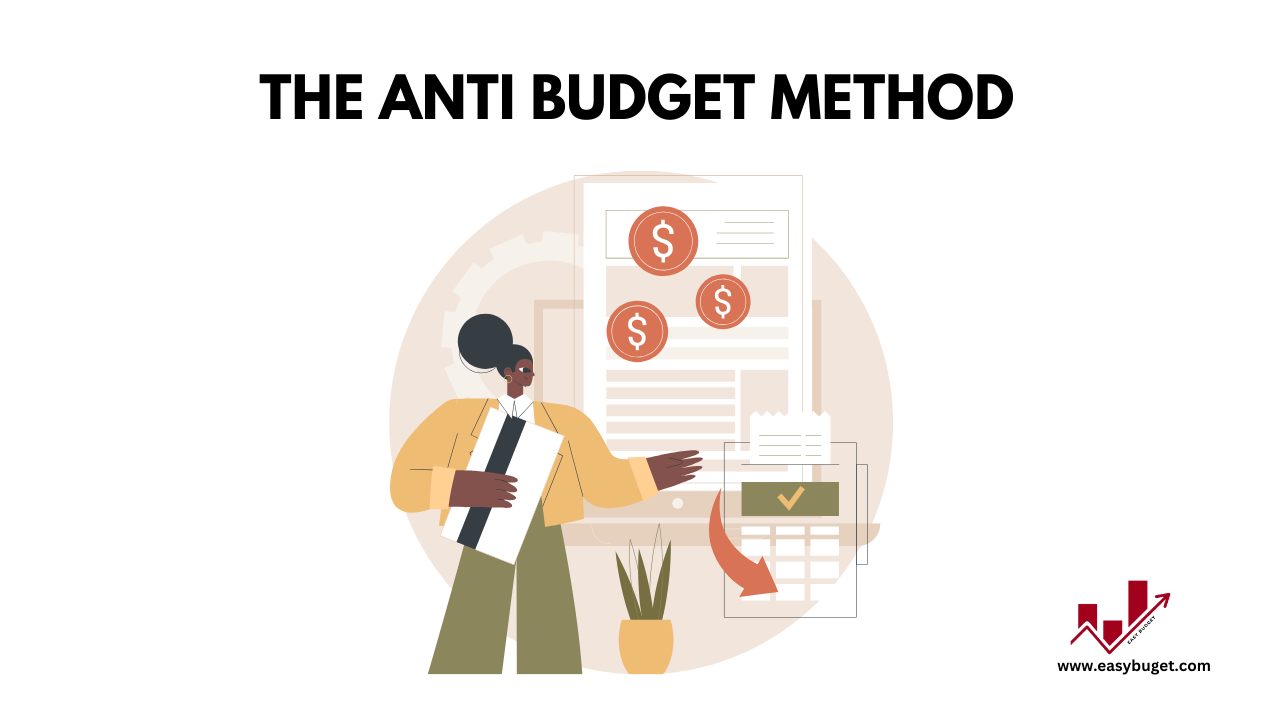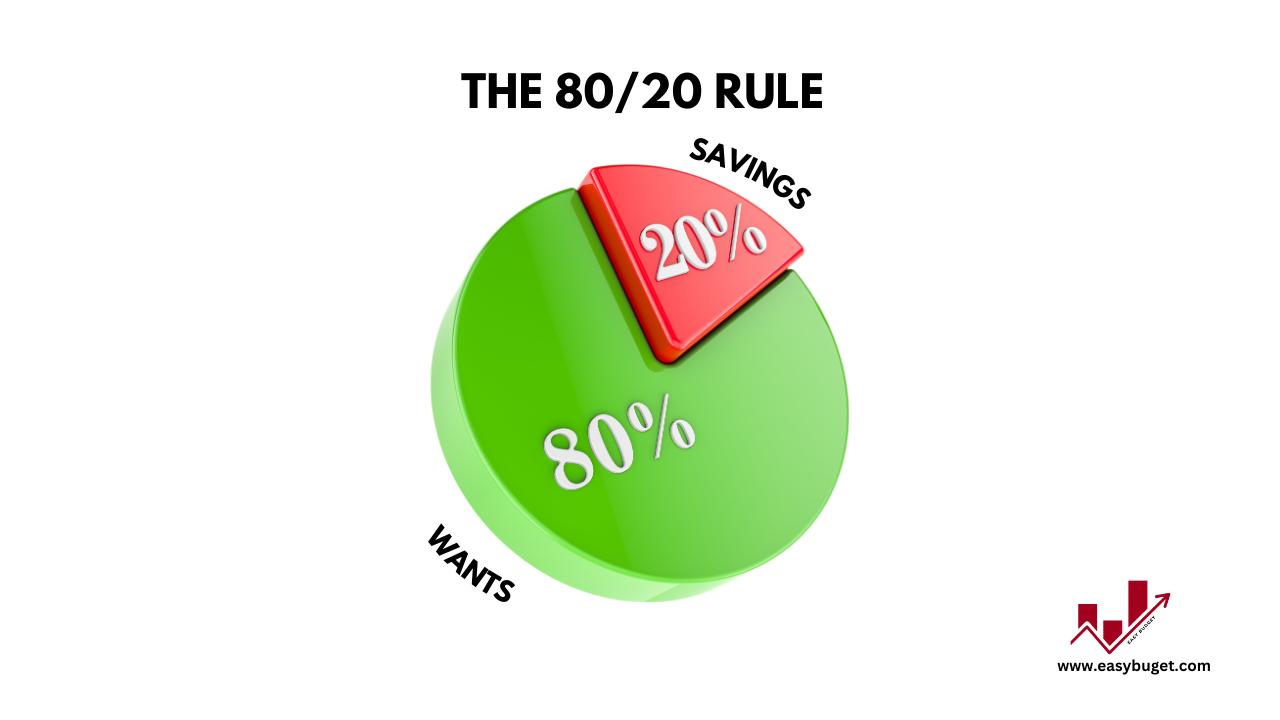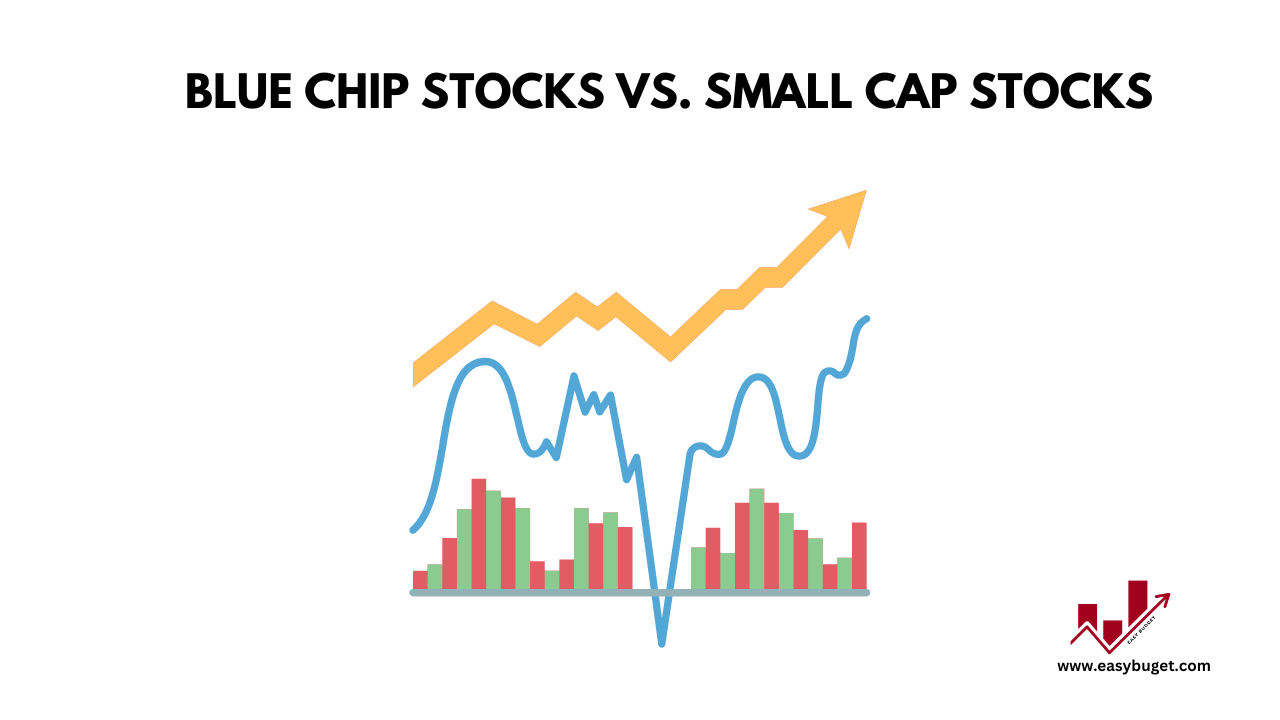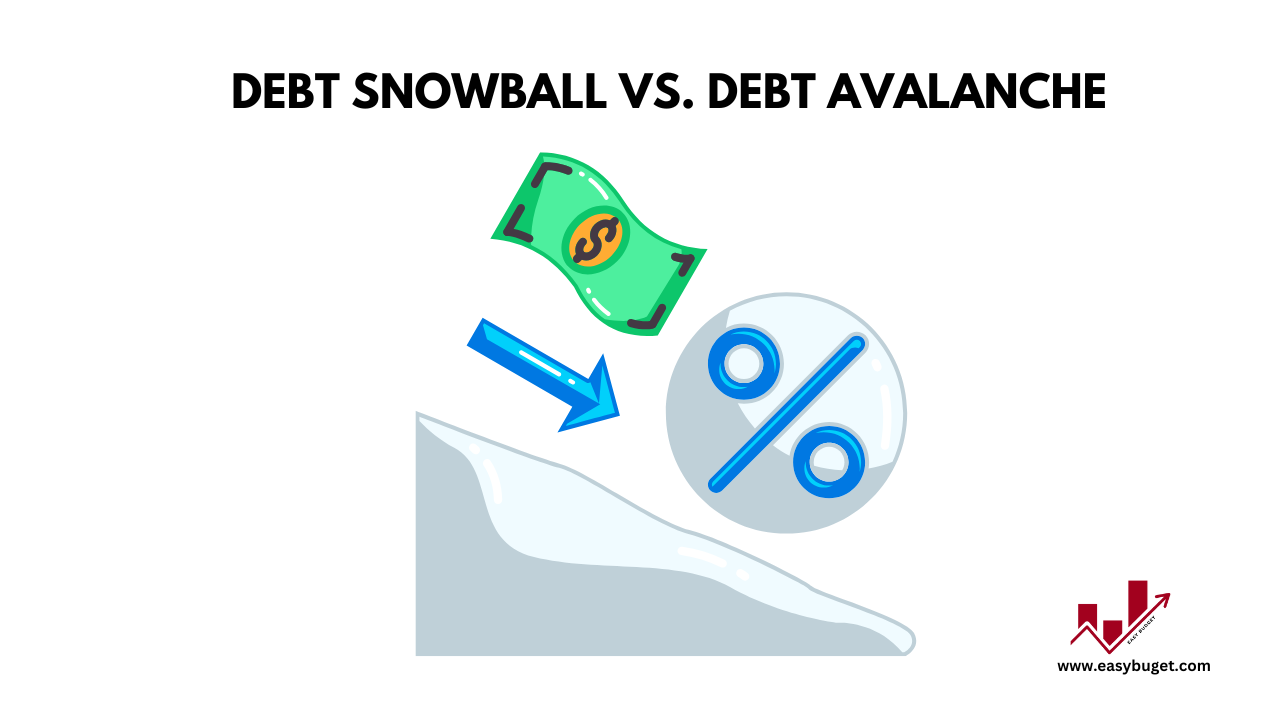What if I told you that you don’t need a ton of money to start building wealth? What if you could use other people’s money (opm) to fund your investments, grow your business and scale your wealth—just like the rich do?
Sounds too good to be true? It’s not. Smart investors, business owners and real estate moguls have been using OPM for decades to make money work for them.
The best part? You don’t need to be a millionaire to take advantage of it.
In this post, I’ll break down how OPM works, different ways to use it, the risks involved and how you can start leveraging it today.
What is other people’s money (opm)?
Simply put, Other people’s money (opm) means using borrowed money to make more money. Instead of using all your own cash, you use someone else’s funds—whether it’s a bank, investors or even credit—to build wealth.
Think about it:
- Real estate investors use bank loans or private lenders to buy properties.
- Entrepreneurs raise money from investors to start businesses.
- Stock market traders use margin accounts to leverage their investments.
It’s all about using money wisely to create income-generating assets.
But before you dive in, you need to understand the right and wrong ways to use OPM—because if used recklessly, it can backfire.
Ways to use opm for wealth building
There are multiple ways to leverage opm, but here are some of the most effective:
1. Real estate investing with opm
One of the most popular ways to build wealth using OPM is through real estate investing.
✅ You get a mortgage from a bank, buy a rental property and let your tenants pay off your loan.
✅ You can use strategies like house hacking (living in one unit while renting out others) or the BRRRR method (Buy, Rehab, Rent, Refinance, Repeat) to grow your portfolio.
💡 Example: Imagine buying a $200,000 rental property with just $20,000 down (10%)—but you control a $200,000 asset. If the property appreciates, you get the full benefits of that growth, even though most of the money wasn’t yours.
2. Starting or scaling a business with opm
Most successful businesses don’t start with their own money—they raise capital from investors, business loans or crowdfunding.
✅ Small business loans: Borrow from banks or SBA programs to launch your company.
✅ Venture capital & angel investors: If your business has high growth potential, investors might fund you in exchange for equity.
✅ Crowdfunding platforms: Platforms like Kickstarter allow people to fund your business idea.
💡 Example: Jeff Bezos started Amazon with opm—he raised money from his parents and investors. Today, Amazon is worth over a trillion dollars.
3. Investing in stocks with leverage
If you’ve heard of margin accounts, options trading or leveraged ETFs, you already know that many stock market traders use opm to maximize their gains.
✅ Margin accounts: Borrow money from your brokerage to buy more stocks than you could with your own cash.
✅ Options trading: Allows you to control large amounts of stock with relatively small capital.
⚠️ Caution: Investing with borrowed money can increase profits but also magnify losses. Use with caution.
4. Using credit cards & personal loans wisely
Many people see credit cards as a trap, but smart investors use them as a tool to finance profitable ventures.
✅ 0% APR credit cards can fund business expenses or investments without paying interest for a limited time.
✅ Personal loans can be used for real estate down payments or other income-producing assets.
💡 Example: Some business owners use a 0% APR credit card to fund marketing campaigns. If the campaign brings in more revenue than the card balance, they’ve made free money using opm.
Pros and cons of using opm
| Pros | Cons |
|---|---|
| You can grow wealth without using all your own cash | If used recklessly, it can lead to debt problems |
| Allows you to scale investments faster | Borrowed money comes with interest costs |
| Increases return on investment (ROI) | Risk of over-leveraging |
| Helps diversify investments | Requires strong financial discipline |
The key? Use opm responsibly and only for assets that generate income.
How to use opm safely (without going broke)
If you want to use opm like a pro (and not end up drowning in debt), follow these golden rules:
✅ Only borrow for income-generating assets
NEVER borrow money for things that don’t make you money. Good debt = real estate, business or investments. Bad debt = cars, vacations, and luxury goods.
✅ Have a backup plan for repayment
Always have an exit strategy in case your investment doesn’t go as planned. If you’re using opm, make sure you can pay it back even if things go south.
✅ Start small and scale up
If you’re new to using opm, don’t take huge risks right away. Start with small, calculated investments and scale up as you gain experience.
Real-life examples of opm success
Example 1: How robert kiyosaki used opm to build wealth
Robert Kiyosaki, author of “Rich Dad Poor Dad” built his real estate empire by using opm to buy rental properties. He used banks, seller financing and private lenders to grow his wealth.
Example 2: How Brandon Turner built a Real Estate Empire with no money down
Brandon Turner, a well-known real estate investor and former host of the BiggerPockets Podcast, is a perfect example of someone who used other people’s money (opm) to build wealth in real estate—starting with almost no cash of his own.
Example 3: How startups raise billions without their own money
Companies like Uber, Airbnb and Tesla all started with venture capital funding (opm). They used investor money to grow rapidly before becoming profitable.
How to get started with opm today
- Pick the right opm strategy based on your skills and goals.
- Improve your credit score to qualify for better funding options.
- Research lenders, investors and financing options in your industry.
- Start small—test a low-risk opm strategy before going big.
- Educate yourself—read books, take courses and learn from experts.
FAQ section
Q1: is using opm risky?
A: It depends on how you use it. If you borrow money for income-producing investments, it’s a powerful wealth-building tool. If you use it for liabilities, it can lead to financial trouble.
Q2: can i use opm if i have bad credit?
A: Yes! You can partner with investors, use seller financing, or build business credit. Good credit helps, but it’s not the only way.
Q3: what’s the best way to start using opm?
A: Real estate investing and business funding are the safest ways to start using OPM responsibly.
Final thoughts: Use opm like a pro
The rich don’t use their own money to build wealth—they use other people’s money. And now, you know how to do the same.
The key? Be smart, strategic and responsible. Borrow only for assets that make money and always have a repayment plan.
So, what’s stopping you? Are you ready to use OPM to start building wealth? Let me know in the comments! 🚀

















